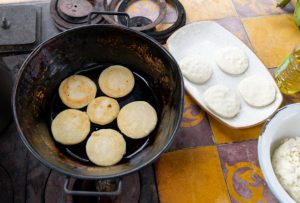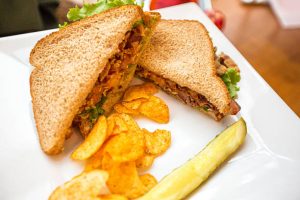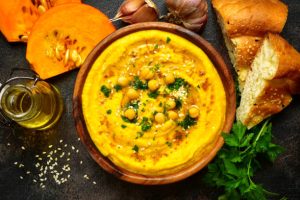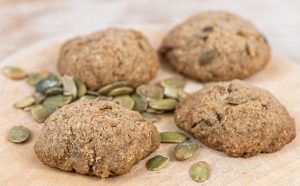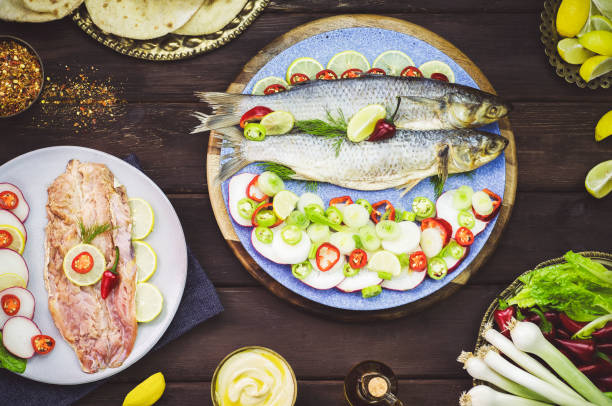
Funny how even a few degrees of temperature increase or decrease can significantly impact our lives. Easter celebrations begin when winter is about to end, and spring is near. Egypt celebrates Easter just like any other culture. The Egyptians enjoy a time to get together and enjoy outdoor activities. They can also eat their Egyptian special Easter foods.
Like any festival, food is vital in making the celebrations look and feel good. In Egypt, we start to see authentic foods that are only sometimes available for some years. Many Easter traditions in Egypt date back to when Pharaohs ruled over Egypt.
We want to share with you the history and food of Egypt’s Easter Festival, also known as Sham El Nessim.
Sham El Nessim in Egypt (Easter Day)
Sham El Nessim is the Arabic name for Easter Day. It means to “inhale the breeze” because the spring season begins when people go outside to enjoy the weather.
Easter Day is a Christian holiday. Every year, it always falls on the Monday following Easter Sunday. While Christians in Egypt are not the majority, this is a celebration that everyone enjoys, no matter their religion. The people celebrate by eating many eggs, onions, and heavily salted fish.
For years, these traditions have existed. You may wonder why these foods are used to celebrate the day. It is an ancient Egyptian custom. The Egyptians are so proud of their heritage that they have preserved many ancient traditions for years.
The origins of this celebration can be traced back to Ancient Egypt. Ancient Egyptians called it the Feast of Shmo, which meant the resurrection of life. The return to outdoor life after a long cold period is described as a return to life. They also marked the beginning of this season by measuring how the sun aligned with the Great Pyramids.
Easter Foods Popular in Egypt
Food is a part of most, if not all, festivals worldwide. Different events are marked by exceptional food. Some only appear during the year. This example applies to Egyptian Easter Foods. All year round, they are available, but only on Easter Day do people think to eat them.
Feseekh
Feseekh, a famous Egyptian Easter food consumed every spring, is a trendy dish. The Arabic word for heavily salted mullet is prepared one month in advance. Some people find the taste of this fish to be bitter. The fish has a strong smell that some people cannot tolerate, while others love it.
The fish is soaked in large quantities of salt and stored in tins before the festival. By the time Easter Day arrives, the meal will be ready. The salt slowly cooks the fish. The green onions served with this meal add some aroma and crunch.
Since the time of the Pharaohs, Feseekh was the show’s star. The abundant fish in the waters made it a mainstay for Egyptian Easter Foods. This is why many fish dishes are served on this day.
Colored Eggs
The Egyptian Easter Foods include boiled eggs. It may seem very normal to eat boiled eggs on this public holiday. This is not true. People of all ages spend time coloring the shells of hard-boiled eggs. Even adding a little artistic flair, they paint beautiful shapes in vibrant colors.
The egg is another food that has been eaten since the time of the Pharaohs. It has been passed down from generation to generation. The egg has always been associated with pharaonic symbols, representing rebirth.
Easter Bunny Treats
Easter has always been associated with bunnies. While many Egyptians eat rabbits, they are not considered Egyptian Easter food. Bunnies are still associated with spring around the world.
In Egypt, this myth is less prevalent. However, you can still find a lot of chocolates in the shape of bunnies in local markets. Easter Day and bunnies’ origins have always been a mystery, but the world still cherishes it.
Renga (Smoked Herring Fish)
Fish has been a symbol of the ancient Egyptians’ lives and continues to be so today. Smoked herring fish is another fish type that can be found on the list of Egyptian Easter food. It’s also known as renga. This oily fish is cut in half, from the head to the tail, and is seasoned with pickles, smoked oak, and salt.
Both freshwater and seawater are suitable for this fish. Egypt has a wide variety of water, so this fish is found in large quantities. The herring is also coated in heavy salts like Feseekh, but the process only takes two days. Then, it is hung up and allowed to dry for several hours in the open air before being set on fire.
Tahini is always present to add a saucy, sweet taste to any meal. Tahini is a refreshing dip Egyptians use in various feeds, including renga. Tahini is an excellent addition to the smoky flavor of renga.
